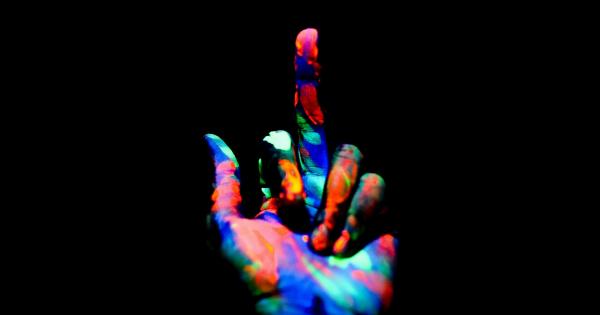Love and sexual attraction are complex emotions that have fascinated scientists and researchers for centuries. In recent years, there has been a growing interest in understanding the neurochemistry underlying these powerful experiences.
This article will delve into the intricate web of neurotransmitters, hormones, and brain regions involved in love and sexual attraction.
The Science of Love
Love, often referred to as the “ultimate” emotion, involves a variety of chemical messengers in the brain. One particularly important neurotransmitter is dopamine. It plays a crucial role in reward processing, motivation, and pleasure.
When we are in love, dopamine levels in the brain increase, contributing to the intense feelings of happiness and euphoria associated with romantic love.
The Role of Oxytocin
Oxytocin, often referred to as the “cuddle hormone,” is another key player in the neurochemistry of love. This hormone is released during physical intimacy, such as cuddling, hugging, and sexual activity.
Oxytocin promotes feelings of trust, bonding, and attachment, creating a deep emotional connection between partners.
The Influence of Serotonin
Serotonin is a neurotransmitter that regulates mood, social behavior, and well-being. It also plays a role in love and sexual attraction.
Low serotonin levels have been linked to obsessive thoughts and behaviors, commonly seen in individuals experiencing the early stages of romantic love. This may explain why people in the throes of love often experience an intense preoccupation with their partner.
The Impact of Testosterone
Testosterone, a hormone typically associated with masculinity, also plays a role in both love and sexual attraction. In both men and women, increased testosterone levels have been linked to higher desire and arousal.
Testosterone contributes to the “spark” or initial attraction between partners, often driving the pursuit of a romantic relationship.
The Brain in Love
While neurotransmitters and hormones play a significant role in love and sexual attraction, the brain itself is also deeply involved.
Various brain regions, including the prefrontal cortex, amygdala, and hypothalamus, have been associated with love and romantic attraction.
The Prefrontal Cortex
The prefrontal cortex, a region responsible for decision-making and rational thinking, undergoes changes when an individual is in love.
The activity in this region decreases, potentially explaining why people in love often make impulsive decisions, prioritize their partner, and overlook flaws or red flags.
The Amygdala
The amygdala, known for its role in processing emotions and fear, also plays a part in love. It helps to regulate the emotional intensity associated with a romantic relationship, facilitating the bond between partners.
The Hypothalamus
The hypothalamus, a crucial brain region involved in regulating hormones, plays a role in sexual attraction. It releases hormones that stimulate the production of testosterone, driving sexual desire and arousal.
Evolutionary Perspectives on Love
From an evolutionary standpoint, love and sexual attraction have been crucial for ensuring the survival of our species.
The intense feelings associated with love motivate individuals to form and maintain stable partnerships, which increases the chances of successfully reproducing and raising offspring.
The Power of Love
Love and sexual attraction are powerful emotions that have a profound impact on our lives. Understanding the neurochemistry behind these experiences enhances our knowledge of human behavior, emotions, and relationships.
However, it is important to remember that love is not solely determined by neurochemical processes but is also influenced by psychological, cultural, and individual factors.



























